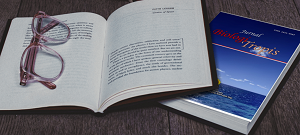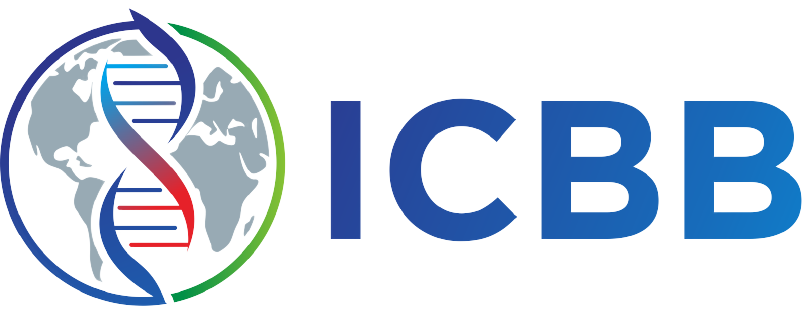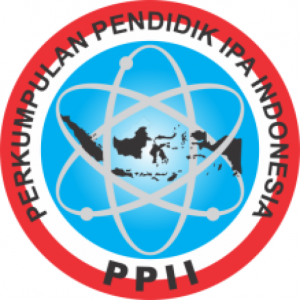The Effect of HPMC and PVP Bases on the Formulation of Physical Properties and Transdermal Stability of Patch Estrak leaves of Jarak Pagar (Jatropha curcas L.)
Authors
Juand Valentino Makkayu , Marvel Reuben Suwitono , Titin SulastriDOI:
10.29303/jbt.v25i1.8783Published:
2025-03-27Issue:
Vol. 25 No. 1 (2025): Januari - MaretKeywords:
Jatropha Leaves, open wounds, transdermal patch.Articles
Downloads
How to Cite
Downloads
Metrics
Abstract
Open wounds are tissue damage that increases the risk of infection and requires proper treatment. Castor leaves (Jatropha curcas L.) contain flavonoids, saponins, and tannins, which have anti-inflammatory and antiseptic properties, aiding in tissue regeneration and infection prevention. To enhance its effectiveness, the extract is formulated into a transdermal patch, allowing direct drug absorption through the skin with stable release and convenient application. This study aims to determine the best formulation and optimal concentration of Hydroxypropyl Methylcellulose (HPMC) and Polyvinylpyrrolidone (PVP) in transdermal patches to improve stability and release effectiveness of the active compounds from castor leaf extract while evaluating their potential in accelerating wound healing. The transdermal patches were prepared using three variations of HPMC and PVP concentrations: F1 (HPMC 1 g : PVP 0.5 g), F2 (HPMC 0.75 g : PVP 0.75 g), and F3 (HPMC 0.5 g : PVP 1 g). Evaluations included organoleptic tests, pH, thickness, folding endurance, and moisture absorption. The results showed that F1 was the optimal formulation, exhibiting favorable physical characteristics and meeting the required standards, as it had the best mechanical properties with higher folding endurance, optimal thickness, and uniform weight distribution, ensuring better flexibility, durability, and stability. These findings indicate that variations in HPMC and PVP concentrations significantly affect the formulation and stability of transdermal patches, with F1 being the most effective formulation for potential wound healing applications.
References
Amelia, R., Trinovita, E., Patricia, T., Fatmaria, & Handayani, S. (2024). Efektivitas Sediaan Patch Ekstrak Daun Sirih Merah (Piper crocatum) Sebagai Penyembuhan Luka Bakar Derajat Ii Secara In Vivo. JIIS (Jurnal Ilmiah Ibnu Sina): Ilmu Farmasi dan Kesehatan, 9(1), 187–197. https://doi.org/10.36387/jiis.v9i1.1766
Ammar, H. O., Ghorab, M., El-Nahhas, S. A., & Kamel, R. (2009). Polymeric Matrix System for Prolonged Delivery of Tramadol Hydrochloride, Part I: Physicochemical Evaluation. AAPS PharmSciTech, 10(1), 7–20. https://doi.org/10.1208/s12249-008 9167-0
Bawotong, R. A., De Queljoe, E., & Mpila, D. A. (2020). UJi Efektivitas Salep Ekstrak Daun Jarak Pagar (Jatropha curcas L.) Terhadap Penyembuhan Luka Sayat Pada Tikus Putih Jantan Galur Wistar (Rattus norvegicus). Pharmacon, 9(2), 284. https://doi.org/10.35799/pha.9.2020.29283
Fahmi Satrio Hidayat, Andi Tenri Sanna, Sri Wahyuni Gayatri Basri, Rachmat Faisal Syamsu, & Alamanda Irwan. (2024). Narrative Review: Efek Antioksidan dan Antibakterial pada S. Persica terhadap Penyembuhan Luka di Kulit Tikus. Fakumi Medical Journal: Jurnal Mahasiswa Kedokteran, 4(5), 423–429. https://doi.org/10.33096/fmj.v4i5.462
Hariningsih, Y. (2019). Pengaruh Variasi Konsentrasi Na-CMC Terhadap Stabilitas Fisik Gel Ekstrak Pelepah Pisang Ambon (Musa paradisiaca L.). Parapemikir : Jurnal Ilmiah Farmasi, 8(2), 46. https://doi.org/10.30591/pjif.v8i2.1447
Kalsum, U., Erikania, S., & Nurmaulawati, R. (2023). Uji Efektivitas Sediaan Transdermal Patch Ekstrak Daun.
Kriplani, P. (2018). Formulation and Evaluation of Transdermal Patch of Diclofenac Sodium. Global Journal of Pharmacy & Pharmaceutical Sciences, 4(5). https://doi.org/10.19080/GJPPS.2018.04.555647
Mariadi, M. & Wilbert Bernardi. (2023). Formulasi Sediaan Patch dari Ekstrak Daun Salam (Syzygium polyanthum [Wight.] Walp.) dan Uji Aktivitas Antibakteri Propionibacterium acne Secara In Vitro. Indonesian Journal of Pharmaceutical and Clinical Research, 6(2), 01–13. https://doi.org/10.32734/idjpcr.v6i2.13523
Naziyah, N., Hidayat, R., & Maulidya, M. (2022). Penyuluhan Manajemen Luka Terkini dalam Situasi Pandemic Covid -19 Melalui Kegiatan Pesantren Luka dengan Menggunakan Media Zoom Meeting Bagi Mahasiswa Prodi Keperawatan & Profesi Ners Fakultas Ilmu Kesehatan Universitas Nasional Jakarta. Jurnal Kreativitas Pengabdian Kepada Masyarakat (PKM), 5(7), 2061–2070. https://doi.org/10.33024/jkpm.v5i7.6223
Novia, N., & Noval, N. (2021). Pengaruh Kombinasi Polimer Polivinil Pirolidon dan Etil Selulosa terhadap Karakteristik dan Uji Penetrasi Formulasi Transdermal Patch Ekstrak Bawang Dayak (Eleutherine palmifolia (L). Jurnal Surya Medika, 7(1), 173–184. https://doi.org/10.33084/jsm.v7i1.2653
Numberi, A. M. (2020). Uji Stabilitas Fisik Sediaan Masker Gel dari Ekstrak Alga Merah (Poryphyra sp). Majalah Farmasetika, 5(1). https://doi.org/10.24198/mfarmasetika.v5i1.24066
Nurmesa, A., & Najihudin, A. (2019). Formulasi Dan Evaluai Stabilitas Fisik Patchtransdermal Alkaloid Nikotin Daun Tembakau (NicotianatobacumLinn) Dengan Variasi Polimer Dan Asam Oleat. 2(1).
Primadina, N., Basori, A., & Perdanakusuma, D. S. (2019). Proses Penyembuhan Luka Ditinjau dari Aspek Mekanisme Seluler dan Molekuler. Qanun Medika - Medical Journal Faculty of Medicine Muhammadiyah Surabaya, 3(1), 31. https://doi.org/10.30651/jqm.v3i1.2198
Purnamasari, N. (2024). Karakteristik Fisik dan Laju Difusi In Vitro Sediaan Transdermal Patch Domperidon Menggunakan Polimer Turunan Metil Metakrilat-Asam Metakrilat. Jurnal Kartika Kimia, 6(2), 1. https://doi.org/10.26874/jkk.v6i2.235
Rahman, S., Alfanaar, R., Fatiqin, A., Febrianto, Y., & Arsana, M. P. (2022). Profil fitokimia dan aktivitas antibakteri fraksi etil asetat daun jarak pagar. 1(1).
Saherna, J., Olviani, Y., Hadrianti, D., & Rianty, D. (2024). Hubungan Edukasi Proses Penyembuhan Luka dengan Level Ansietas terhadap Pasien Pasca Operasi Debridement. Mahesa : Malahayati Health Student Journal, 4(3), 943–955. https://doi.org/10.33024/mahesa.v4i3.13922
Sukmawati, M., Arisanty, Daswi, D. R., Stevani, H., & Daton, D. A. (2024). Inkorporasi Ekstrak Daun Jarak Pagar (Jatropha Curcas L) dalam Patch Transdermal Sebagai Anti Hiperglikemi; Formulasi Dan Pankreatik Histopatologi. Media Farmasi, 20(2), 236–246. https://doi.org/10.32382/mf.v20i2.1060
Sulastri, T., Levita, J., Sunyoto, M., & Suwitono, M. R. (2020). Menanam dan memanfaatkan Jahe Merah Sebagai Pangan Fungsional. deepublish.
Sulastri, T., Sunyoto, M., Suwitono, M. R., & Levita, J. (2022). The effect of red ginger bread consumption on the physiological parameters of healthy subjects. Journal Of Advanced Pharmacy Education And Research, 12(3), 28–35. https://doi.org/10.51847/mznq1HW7vK
Syarifah, A., Nabila, N., Kanina, I., & Charisma, S. L. (2023). Evaluation of Patch Ethanol Extract of Zingiber officinale Rosc. Var Amarum For Antiemetic.
Vera Estefania Kaban, Ginting, J. G., Nasri, N., Sagala, H. U. B., & Tarigan, S. A. B. (2024). Uji Efektivitas Gel Ekstrak Daun Jarak Pagar (Jatropha Curcas L.) sebagai Penyembuhan Luka Sayat. Insologi: Jurnal Sains dan Teknologi, 3(4), 432–441. https://doi.org/10.55123/insologi.v3i4.3975
Wahyuningsih, I., Fadilah, N. A., & Widyaningsih, W. (2024). In-vivo study of oleic acid and tween-80 on patch transdermal A.paniculata as anti-diabetic. Pharmaciana, 14(2), 195. https://doi.org/10.12928/pharmaciana.v14i2.27851
Wardani, V. K., & Saryanti, D. (2021). Formulasi Transdermal Patch Ekstrak Etanol Biji Pepaya (Carica papaya L.) dengan Basis Hydroxypropil Metilcellulose (HPMC). Smart Medical Journal, 4(1), 38. https://doi.org/10.13057/smj.v4i1.43613
Yuliantari, N. W. A. (2017). Pengaruh Suhu dan Waktu Ekstraksi Terhadap Kandungan Flavonoid dan Aktivitas Antioksidan Daun Sirsak (Annona muricata L.) Menggunakan Ultrasonik
License
Copyright (c) 2025 Juand Velentino Makkayu, Marvel Reuben Suwitono, Titin Sulastri

This work is licensed under a Creative Commons Attribution 4.0 International License.

Jurnal Biologi Tropis is licensed under a Creative Commons Attribution 4.0 International License.
The copyright of the received article shall be assigned to the author as the owner of the paper. The intended copyright includes the right to publish the article in various forms (including reprints). The journal maintains the publishing rights to the published articles.
Authors are permitted to disseminate published articles by sharing the link/DOI of the article at the journal. Authors are allowed to use their articles for any legal purposes deemed necessary without written permission from the journal with an acknowledgment of initial publication to this journal.


























